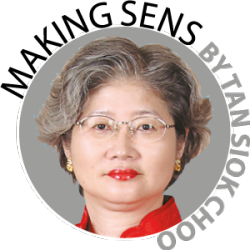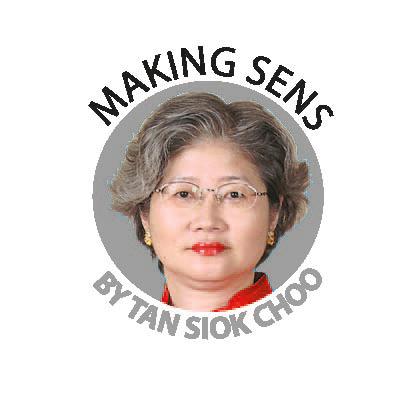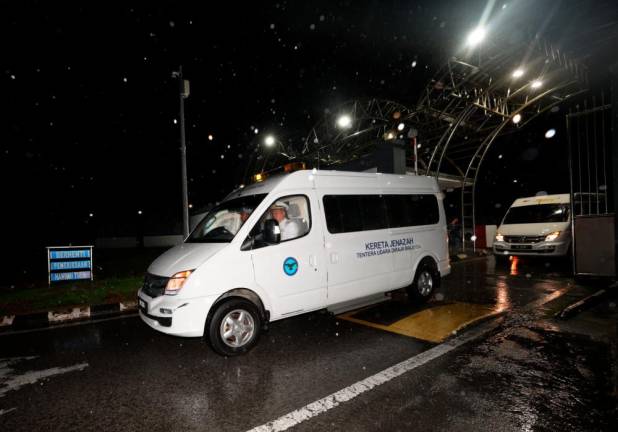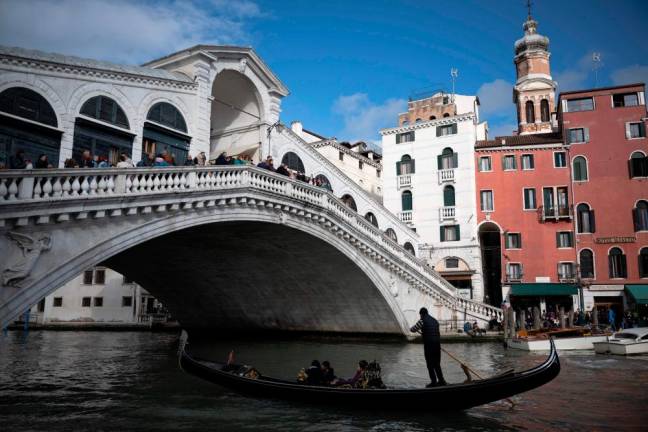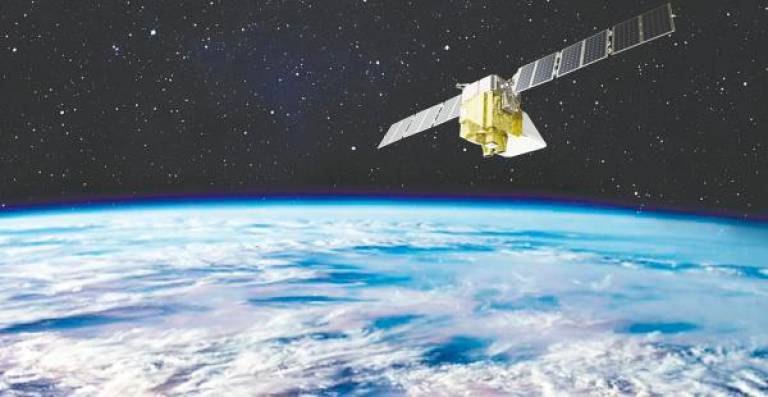EARLIER this month, Walter and I travelled to Peru. Visiting the World Heritage Site Machu Picchu and the colossal Sacsayhuaman fortress was a visual delight. Showcasing the Incas’ engineering ingenuity, these structures also offered a historical conundrum and a physical workout that resulted in my gym shoes’ uppers to peel off.
The first archaeological site we saw was the pre-Inca seven-level pyramid Huaca Pucllana located a short drive from our hotel in Mira Flores in Lima. Built around AD500 by the Lima civilisation, Huaca Pucllana is more than 75 ft high. Made from sun-dried adobe and clay bricks, it appeared to have multiple uses – as an administrative centre, a locale for religious ceremonies and a burial site for the nobility. It is still being excavated today.
In Urubamba, better known as the Sacred Valley, at the foothills of Machu Picchu, we also saw two memorable sights – concentric rings of terraces sculpted from four natural depressions in Moray and the thousands of pools of salt in Salinas.
By terracing the slope, the Incas expanded the area available for agriculture while creating micro-climates to facilitate the planting of a wide variety of potatoes and corn.
Centuries ago, the land in Salinas was under the sea. Successive days of strong sunlight caused water from the thousands of pools in Salinas to evaporate, leaving a patchwork of white rectangles filled with salt.
Located almost 8,000 ft above sea-level, Machu Picchu was the pinnacle of our visit to Peru. Surrounded by the towering Cordillera de Vilcabamba, with the snow-capped Andes forming a scenic backdrop, and wreathed by swirling mists during the January rainy season, Machu Picchu is impossibly photogenic.
Built by the Inca Emperor Pachacuti in the 15th century as his winter retreat, Machu Picchu was unknown to the marauding Spanish conquistadores. After the Inca empire fell, it was forgotten for almost 500 years until it was re-discovered by American explorer Hiram Bingham on July 24, 1911.
Unlike grandiose imperial palaces like Versailles in France, I like the fact that Machu Picchu wasn’t an ostentatious vanity project. For example, the Incas levelled more than 100 terraces in Machu Picchu to ensure self-sufficiency in food.
Machu Picchu’s elevated location and Sacsayhuaman’s massive size raise several intriguing questions. How did the Incas build Machu Picchu and Sacsayhuaman? Without possessing horses, wheels or pulleys, how did they transport the stones – some the size of small cars and weighing up to 14 tonnes – from the quarries to the building sites?
Stones in these two structures were placed together without mortar. Indeed, Spanish conquistador Pedro Pizzaro remarked the stones were “so close together and so well fitted that the point of a pin could not have been inserted into any of the joints”.
Additionally, the royal quarters in Machu Picchu underscore the Incas’ ingenuity as engineers. Water from a nearby peak was channelled down through stone-lined aqueducts to all areas. Because the water reached Pachachuti’s living quarters first, this gave the Inca Emperor the purest water available.
Additionally, a stone-cut pool enabled Pachachuti to take a bath in complete privacy while enjoying the unique privilege of a water-flushed toilet.
One fact I found amazing is the Incas had no written language. Instead, they used a system of knotted strings or quipu with varying sizes of knots and colours to document events and their possessions accurately. Unfortunately, many quipu were destroyed by the Spanish while the art of interpreting them by modern-day Peruvians has been lost.
In 1526, three Spaniards – conquistadors Francisco Pizarro and one-eyed Diego de Almagro together with financier Hernando de Luque – formed the Company of the Levant to finance the conquest of Peru and were granted a licence in 1529 by the Spanish Crown in return for a 20% share of the spoils.
During Pizarro’s third voyage to Peru in 1532, he captured the Inca Emperor Atahualpa. To secure his release, Atahualpa offered to give Pizarro gold and silver that would fill a room measuring 22 ft long, 17 ft wide and over eight ft high. One year later, before the requisite ransom had been paid in full, Atahualpa was executed by Pizzaro. Disregarding the craftsmanship of the ransomed gold and silver items, the Spanish conquistadors melted them down. Some writers suggest the ransom totalled 13,000 pounds of 22-karat gold and twice that much silver.
Like today’s resource curse, the long-term impact of this enormous influx of gold and silver on the 16th century Spanish economy was disastrous. One result was rampant inflation. Economist Earl Hamilton suggests prices in Spain rose 300% during the 16th century. Other adverse effects included a large trade deficit due to unbridled consumption and a strong disincentive to develop industry.
Visiting Peru was enjoyable, visually and intellectually. Despite aching muscles when I returned to KL, I realised an unintended benefit – I also lost weight.
Opinions expressed in this article are the personal views of the writer and should not be attributed to any organisation she is connected with. She can be contacted at siokchoo@thesundaily.com



